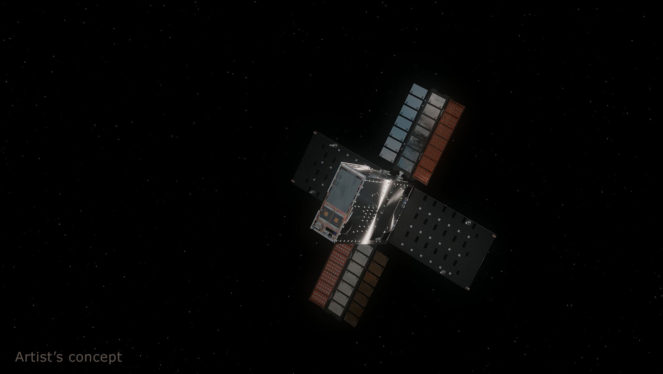NASA has pulled the plug on its Lunar Flashlight project, which was designed to look for sources of ice on our nearest neighbor. The agency spent the last few months trying, and failing, to get the craft to generate the necessary amount of thrust to get the small satellite to its intended destination. Officials say that the issue was likely caused by debris buildup in the fuel lines, which prevented the CubeSat from working to its full potential.
The “briefcase sized” Lunar Flashlight first launched in December, and was developed by students at Georgia Tech. Once deployed, it was expected to start a four-month journey to the moon, after which point it would look for surface water ice at the moon’s perpetually-dark south pole. Unfortunately, despite a months-long effort to remedy the issue, the craft will proceed past Earth and then fly into the orbit, but hopefully not too close to, the sun.
NASA is choosing to take a glass half-full approach to the failure, pointing to the success of many of the project’s components. Barbara Cohen, principal investigator at the Goddard Space Flight Center, said that while it’s disappointing, the mission proved the efficacy of several tools first used on the satellite. And that researchers "collected a lot of in-flight performance data on the instrument that will be incredibly valuable to future iterations."
This article originally appeared on Engadget at https://www.engadget.com/nasa-ends-its-lunar-flashlight-mission-101557786.html?src=rss
https://www.engadget.com/nasa-ends-its-lunar-flashlight-mission-101557786.html?src=rss


